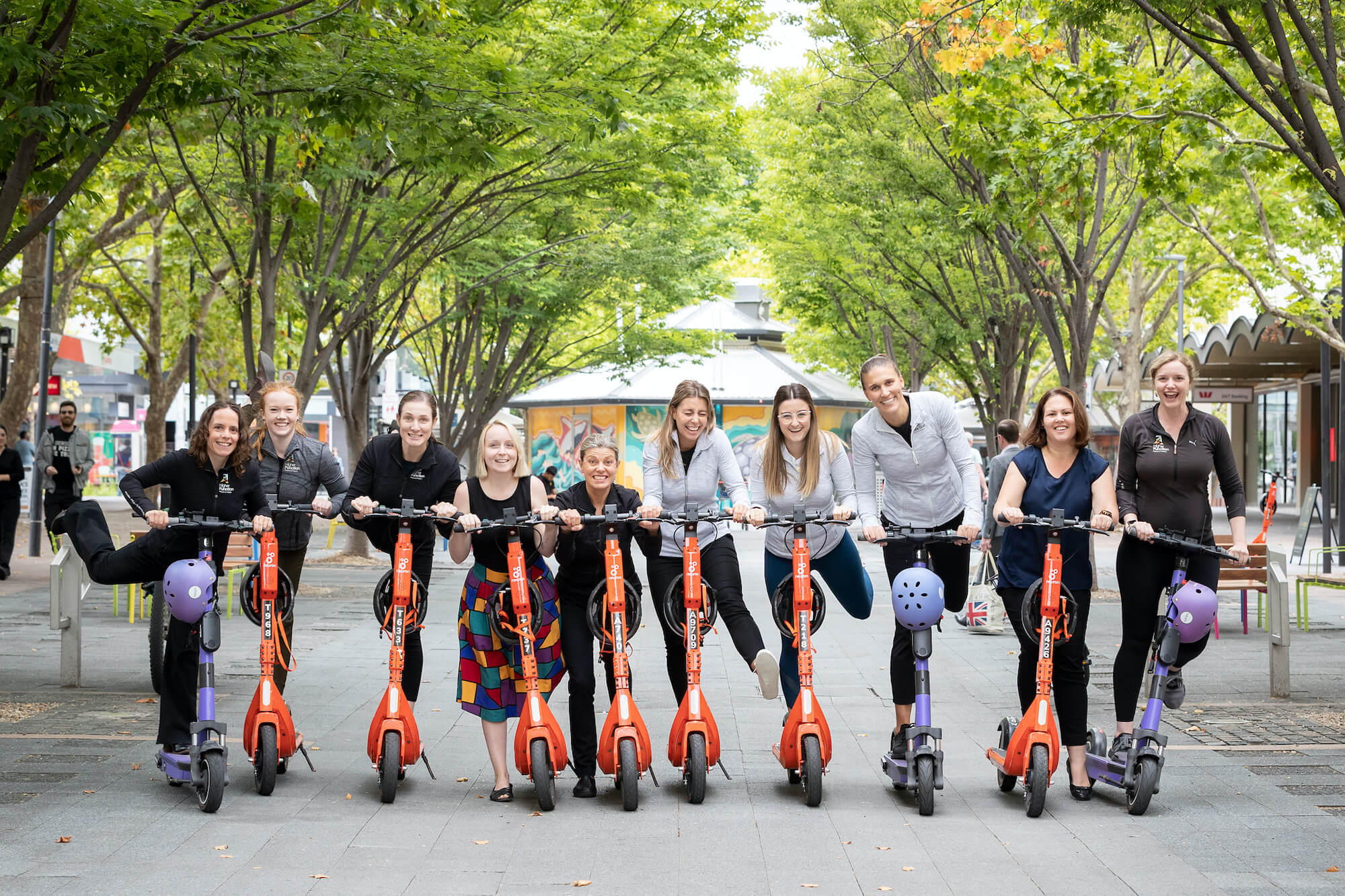By Nicola Pithers – Exercise Physiologist
1 in 6 Australians (16%) have back problems. Back pain is extremely common but it certainly isn’t something that you should have to live with. Movement is medicine! If you have found yourself with a back injury or an increase in lower back pain, it is still safe for you to stay active. The key is knowing which exercises are right for you and how to avoid aggravating exercises. Exercise helps to strengthen the muscles that support the spine, while stretching improves mobility in the back and surrounding muscles. Inactivity can worsen or increase the severity of back pain.
What is the best treatment for chronic lower back pain?
It’s not even so much the type of exercise that is important, but rather doing more of any exercise consistently over time that has the best results. No one exercise has been shown to be superior to another for chronic lower back pain (LBP). Research suggests that Manual Therapy (mobilisation of joints and massage of muscles with a physio), as well as general strength and conditioning (with a physio or exercise physiologist) can provide great relief and improvement of lower back pain symptoms. Our Clinical Exercise Classes (Reformer and Matwork) provide a variety of functional movements, strength, core stability, flexibility, and balance. Our classes are more than just core stability. Research tells us that Manual Therapy should not continue if your pain and function is not improving!
So, how does exercise work as medicine?
Core Strength and stability
Having a strong and stable core is a fundamental aspect of spine health. A strong and stable core helps to keep your body upright and allows for flexible movement, without core strength and stability, your spine will become stressed, risking spasm or further injury.
Examples of core stability exercises for back health include:
- Pelvic tilts
- Glute brides
- Bird dog
- Pallof press
- ….and more!!
Strength and weight training
Many people assume you should avoid strength training if you have a ‘bad back’, however, research suggests otherwise. The spine is crucial to functional movements that we perform everyday, so it is critical to strengthen all of the muscles groups that support the back and trunk. This includes strengthening postural muscles, lower body, glutes and hips, as well as the core.
Mobility and stretching
In combination with core stability and strength training, mobility and stretching is an essential part of staying active with lower back pain. When low back pain is involved, stretching out tight hamstring, quad and glute muscles can help to relieve pressure from the low back. If you’re suffering from back pain, begin with light, easy stretching and perform stretches daily to reduce tightness gradually.
Examples of stretches for back health include:
- Hamstring flossing
- Glute stretching
- Cat and cow
- Pendulum/knee rocks
- ….and more!!
*please note, these are general exercises and not individual treatment.
LBP is complex and the best treatment is:
- Psychological and social support,
- Education and understanding not to worry about the MRI/Scan results that show degeneration in the spine, and not to be fooled by “quick fixes” … there is no “silver bullet”, and knowing not to rest in bed, but to remain active,
- Supervised exercise programs, which reduce pain and prevent future recurrences,
- Learning how to pace your aggravating activities – we can help you identify your baselines and help you to “Start low and go slow”,
- Reducing stress, maintain your usual activities,
- Addressing your beliefs about pain. Read our insight about pain here.
Have more questions about how to effectively manage your back pain? Chat to one of our experienced exercise physiologists today!!
References
https://www.aihw.gov.au/reports/chronic-musculoskeletal-conditions/back-problems-1


